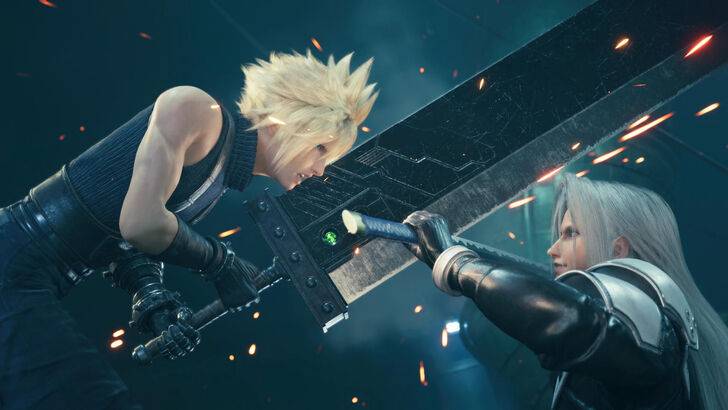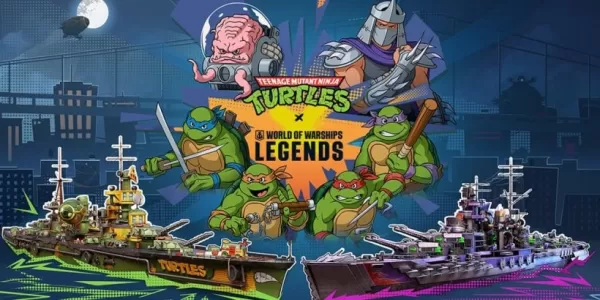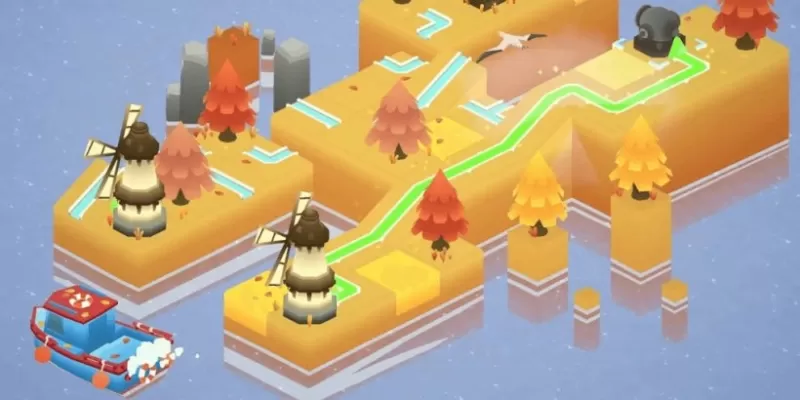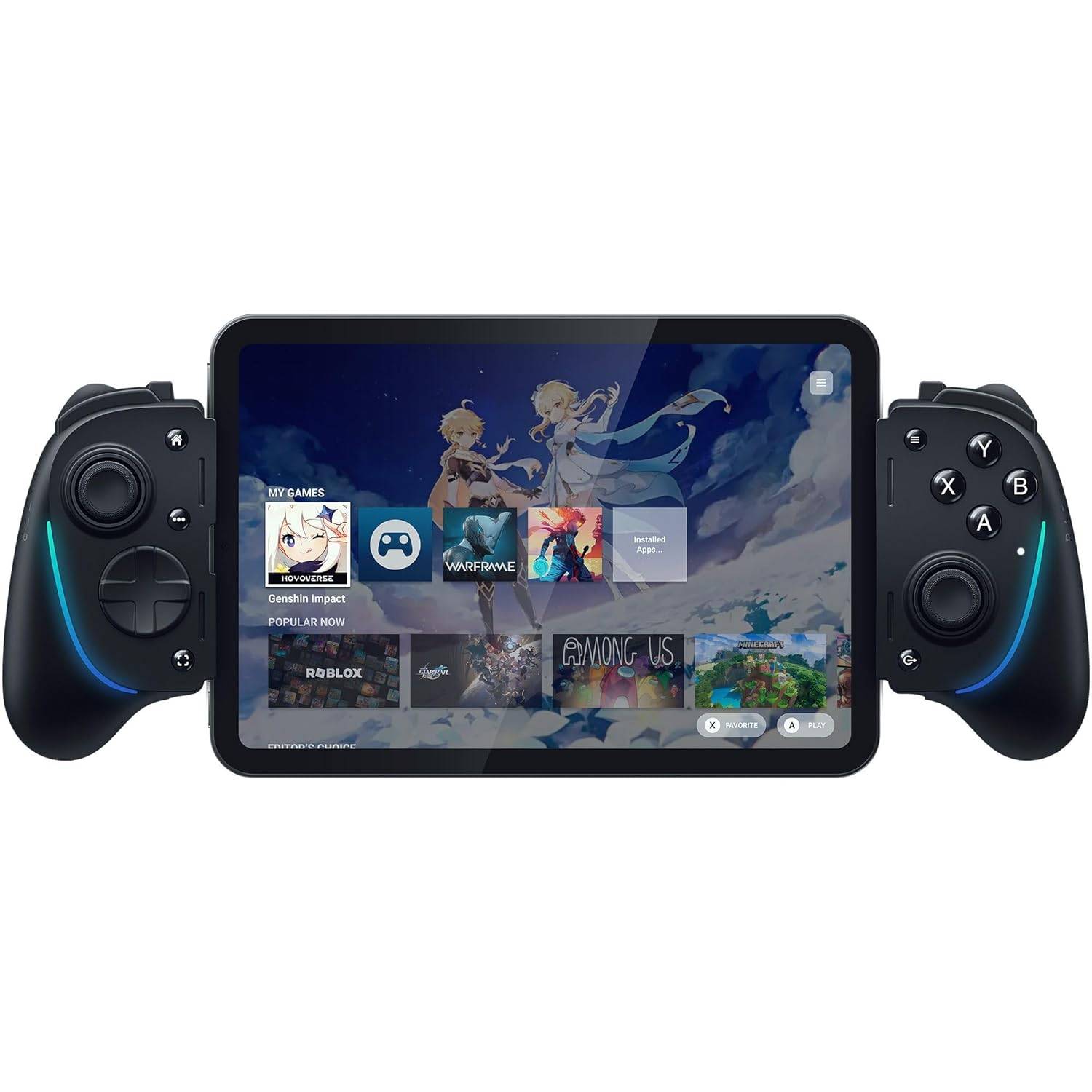Home > News > How Does Switch 2’s Price Compare to the Cost of Other Nintendo Consoles at Launch? Spoiler: It’s Not the Most Expensive
How Does Switch 2’s Price Compare to the Cost of Other Nintendo Consoles at Launch? Spoiler: It’s Not the Most Expensive
- By Michael
- Apr 14,2025
The announcement of the Nintendo Switch 2's $450 USD price tag caused quite a stir, especially considering this is higher than what we've traditionally seen from Nintendo. However, with rising production costs and economic factors like tariffs, industry analysts had anticipated a price point around $400 USD. Perhaps even more surprising was the pricing of Switch 2 games, which have adopted the new $70 USD standard, with some titles like Mario Kart World reaching up to $80 USD. When you factor in the cost of additional accessories for the full Switch 2 experience, the total investment can become quite significant.
To put the Switch 2's price into perspective, let's examine how it compares to previous Nintendo consoles when adjusted for inflation, as well as to other gaming systems.
Nintendo Switch 2 Price Vs Previous Nintendo Consoles
NES

The NES, launched in 1985 at $179 USD, seems like a steal now. However, adjusted for inflation, it would cost a hefty $523 USD in 2025.
SNES

The SNES, released in 1991 for $199 USD, would set you back $460 USD today after inflation adjustment.
Nintendo 64

The Nintendo 64, which marked Nintendo's entry into 3D gaming in 1996 at $199 USD, would equate to $400 USD in 2025.
Nintendo GameCube
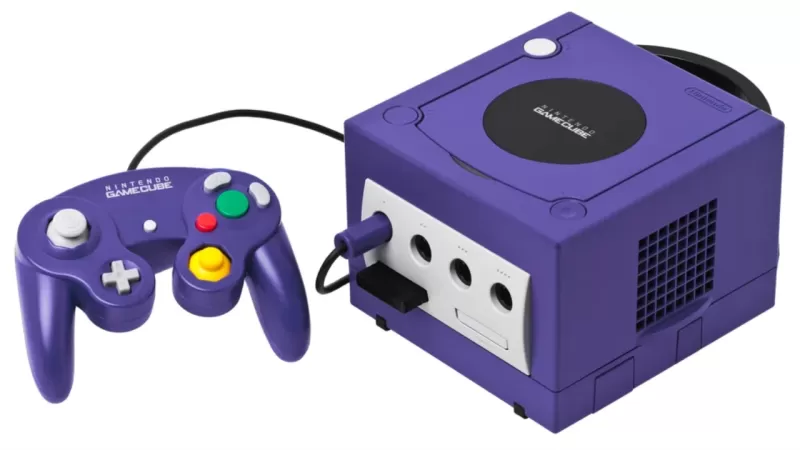
The GameCube, launched in 2001 for $199 USD, would cost $359 USD today. Notably, its games will be accessible on the Switch 2 via the Nintendo Switch Online's classic library.
Wii

The Wii, a groundbreaking motion-controlled console released in 2006 for $249 USD, would be priced at about $394 USD in 2025.
Wii U
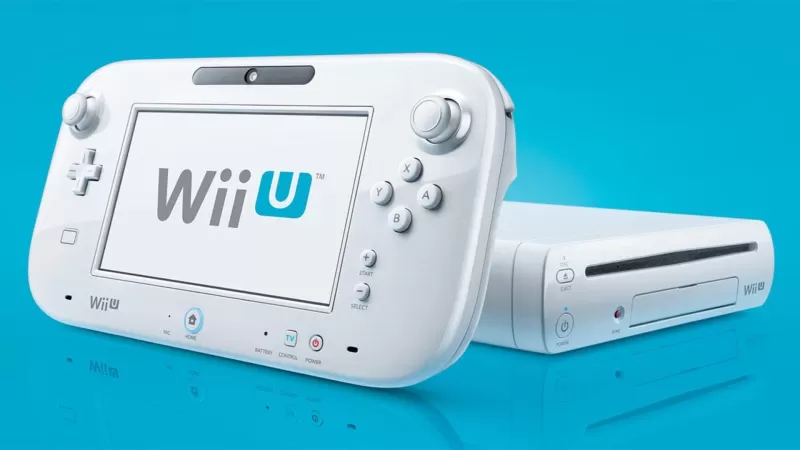
The less successful Wii U, launched in 2012 for $299 USD, would cost $415 USD today, closely aligning with the Switch 2's pricing.
Nintendo Switch
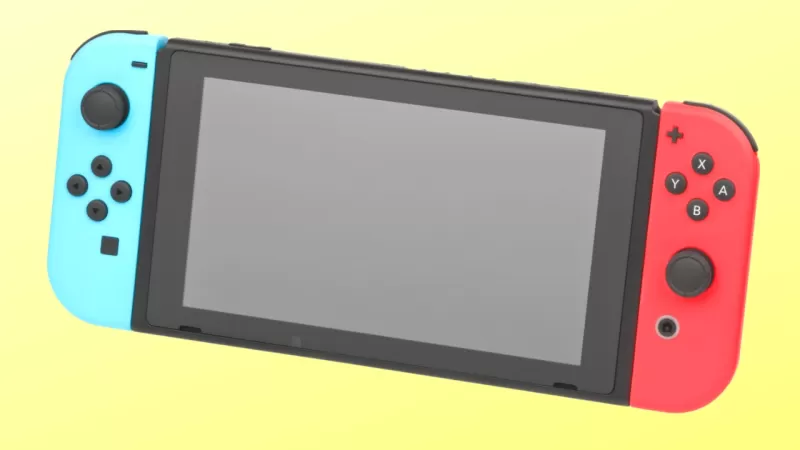
The highly successful Nintendo Switch, released in 2017 for $299 USD, would be $387 USD in today's dollars, still cheaper than the Switch 2 set to launch on June 5.
When adjusted for inflation, the original NES emerges as the most expensive console Nintendo has ever launched. This historical context might not make the Switch 2's price any more palatable, but it's interesting to note.

But what about the games?
While the Switch 2's console price was somewhat anticipated, the pricing of its games was a real eye-opener. Titles like Mario Kart World are priced at $80 USD, while others such as Donkey Kong Bananza come in at $70 USD (or $65 digitally).
Comparing these prices to the early days of the NES is tricky due to the wide variance in game prices back then. In the early 90s, an NES game could cost anywhere from $34 USD to $45 USD, which translates to $98 USD to $130 USD in 2025. Despite this, some believe game prices could rise even further.
The Switch 2's pricing sits at the higher end of Nintendo's spectrum, surpassed only by the NES and SNES when adjusted for inflation. Real-world factors, such as the announcement of a cheaper, region-locked Switch 2 for Japan at 49,980 JPY or $340 USD, highlight the impact of these factors on pricing.
How Switch 2's Price Compares to Other Consoles
PlayStation 2
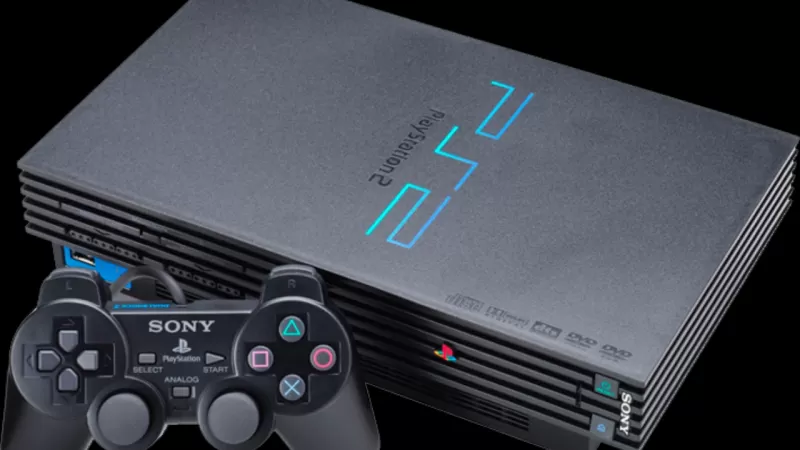
The PlayStation 2, the best-selling console ever, was released in 2000 for $299 USD. Adjusted for inflation, it would cost $565 USD in 2025.
Xbox 360
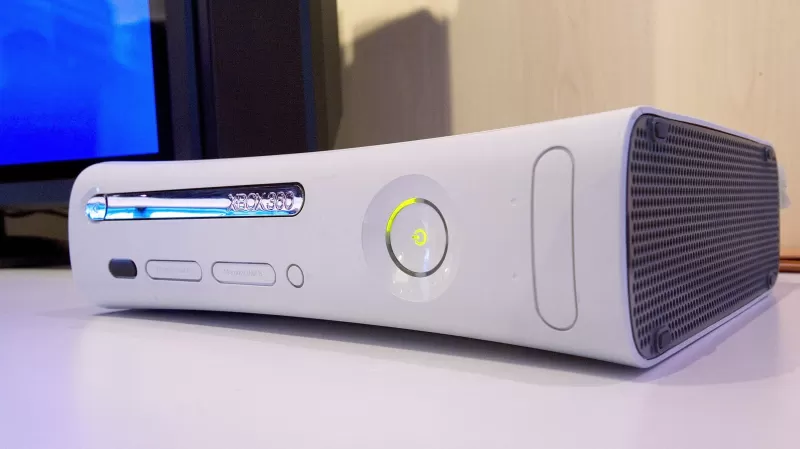
The Xbox 360, Microsoft's most successful console, launched in 2005 for $299 USD, which would be about $500 USD today.

This analysis shows how the Switch 2's price compares not only to its Nintendo predecessors but also to other major consoles. For more insights, check out IGN's hands-on experience with the Switch 2 and its games, including Mario Kart World, and our discussions with analysts on the factors driving the Switch 2's pricing.
